7 Things to Know About the Chrysler Pacifica Hybrid

If you’re shopping for a three-row crossover, STOP WHAT YOU’RE DOING and go check out the Chrysler Pacifica.
Seriously, it’s worth dropping everything and heading over to your nearest Pentastar store for further investigation.
No, they’re not as fashion-forward, but minivans are often an appreciably more sensible choice for many drivers, offering far more practicality than a vast number of car-based utility vehicles available today.
SEE ALSO: Honda Odyssey vs. Chrysler Pacifica
The Pacifica, especially in fuel-efficient hybrid form, might be the best vehicle Fiat Chrysler Automobiles builds today, and that’s saying something because Jeep’s Wrangler is more refined and capable than ever, the redesigned Ram 1500 could be the nicest full-size pickup in America, plus the Alfa Romeo Giulia sports sedan may well provide the finest steering feel of any vehicle available today. Still, the Pacifica could be even more impressive than even these all-star products.
Backing up this lofty claim, here are seven reasons why this Chrysler hybrid is an outstanding vehicle and a more-than-worthy alternative to many of today’s larger crossover vehicles.
7. Looks Like Luxury
Tasteful and flowing, this family-hauler is more elegant than any other minivan in the segment. Seriously, have you seen the jowly Toyota Sienna or angular Honda Odyssey? This restrained exterior design makes the Pacifica look more expensive than it is. Conventionally powered models start at around $28,000. If you want the Hybrid variant, plan on spending more; they kick off around $40k, though the range-topping Limited version tested here, which was dressed up with a handful of options including a tri-pane sunroof ($1,595) and the Advanced SafetyTech Group ($995), checked out at a ritzy $49,825.
6. Well-Appointed Interior
Swing or slide open a door and you’re treated to an appropriately luxurious cabin. From the dashboard’s contrast stitching to the brightwork on the steering-wheel rim to the piping on the seats, designers did a knock-out job. The Pacifica Hybrid’s interior features swaths of nicely textured soft plastic, high-quality leather and, at least in the model tested here, flawless build quality. The folks working at Chrysler’s Windsor Assembly Plant where these vans are screwed together also deserve a tip of the hat for their efforts.
The Pacifica’s various switches and dials are likewise dead simple and fall readily to hand, with the climate controls plainly laid out on the center stack. FCA’s ubiquitous Uconnect infotainment system is speedy and straightforward, though occasionally during testing the satellite radio would cut out if Apple CarPlay was being used. Changing the band to, say, FM and back again would correct this issue.
5. Comfortable in All Three Rows
The driver-and-front-passenger buckets are chair-height and quite comfortable. The individual armrests are an old-school touch that seem to enable more storage space in the center console, or at least a rollaway lid over the main cubby.
The second-row captain’s chairs are likewise ergonomic, if lower to the floor. Regrettably, Chrysler’s segment-leading Stow ‘n Go fold-away seating solution is not offered on hybrid versions of the Pacifica because engineers needed to mount the vehicle’s 16 kWh lithium-ion battery pack somewhere, and amidships underneath your feet is the best spot for both weight distribution and a low center of gravity.
As for the third row, it will most likely be relegated to kid-hauling duty, with adult passengers choosing more premium seats. But this rearmost bench is perfectly hospitable for mature riders, with ample leg, head and hip room, plus a comfortably elevated bottom cushion so your knees aren’t at chin level.
4. The First Plug-In Minivan
Not only does that generously sized battery pack come with a 10-year/150,000-mile warranty, it also graces this plug-in hybrid Pacifica with an electric-only driving range of 33 miles (53 km), more than you might expect for a vehicle this size. The ability to smoothly and silently accelerate without using a drop of gasoline is unexpectedly satisfying, though internal combustion is always waiting in the wings for when the electron reservoir is depleted.
Replacing a traditional gearbox is Chrysler’s eFlite electrically variable transmission that’s comprised of two electric motors, both of which can power the vehicle thanks to a special one-way clutch. This component also allows one of the motors to function as a generator during braking, which puts electrons back into the battery pack. The Pacifica Hybrid’s top speed while running solely on battery power is 75 miles an hour.
Augmenting those motors is a modified version of FCA’s 3.6-liter Pentastar V6. Running on the Atkinson cycle, it features a 12.5-to-1 compression ratio, special pistons, variable valve lift and certain friction-reducing measures. Total system output clocks in at a respectable 260 horsepower, though that’s a little less than the 287 you get in standard gasoline-powered models.
3. Does Your SUV Get 30 Miles Per Gallon?
But I’d wager most drivers won’t care about that 27-horse difference the second they see the hybrid model’s window sticker. Running solely on battery power, it’s rated at 84 MPGe, that’s miles per gallon equivalent. Burning gasoline, expect this minivan to average an impressive 32 mpg. For Canadian drivers, it’s rated at 2.6 Le/100 km in electric-only mode on the city test-cycle.
During my weeklong loan, I took the Pacifica Hybrid on an extensive tour of Northern Michigan, logging some 1,200 miles (1,931 km) in the driver’s seat. Charging it up at nights so the battery was fully replenished every morning, it returned just shy of 30 miles per gallon in real-world driving. That’s a damn impressive figure, especially since it was hauling a load of four adults and two children during most of those miles, and there was lots of heavy-footed acceleration involved.
But back to charging for a moment. If you’re using a standard 120-volt household budget around 14 hours to fully replenish the battery pack, however, if you’ve got access to a 240-volt fast charger that time drops to as little as two hours.
2. Over-the-Road Refinement
The Pacifica Hybrid has curb appeal, a well-sorted interior and more versatility than a Leatherman multitool. Given these attributes, you’d probably expect it to deliver a refined driving experience, and for the most part, you’d be right.
As always, its Pentastar V6 is smooth and quiet, delivering brisk acceleration at all speeds. Running solely on battery power, this van moves with authority, especially off the line when its duet of electric motors punches hardest. You’re never wanting for performance in the Pacific Hybrid.
Thanks to meaty sidewalls and relatively soft suspension tuning, this van delivers a cushy ride. Impact harshness from potholes and expansion joints is minimal, yet the body never seems to bob or float, at least with a load of passengers onboard. Dovetailing nicely with its premium design and upscale interior there’s no sense of cheapness or fragility to the way this Chrysler handles itself.
1. Driving Weirdness
But there are two things that could stand to be improved, one of which is the regenerative braking. Pedal feel is a bit wonky and the deceleration rate before the friction binders kick in seems to change as the vehicle slows down; it’s like the braking force drops the slower the van is moving, which resulted in me charging annoyingly at stop sings and red lights. Beyond that, the powertrain makes all kinds of weird noises, especially in electric mode where the drive motors sound like an old power-steering pump with bad bearings. They can be quite loud at times as well.
In reality, these are minor complaints because there’s so much more to love about the Chrysler Pacifica Hybrid.
Discuss this story on our Chrysler Pacifica Forum.

Born and raised in metro Detroit, Craig was steeped in mechanics from childhood. He feels as much at home with a wrench or welding gun in his hand as he does behind the wheel or in front of a camera. Putting his Bachelor's Degree in Journalism to good use, he's always pumping out videos, reviews, and features for AutoGuide.com. When the workday is over, he can be found out driving his fully restored 1936 Ford V8 sedan. Craig has covered the automotive industry full time for more than 10 years and is a member of the Automotive Press Association (APA) and Midwest Automotive Media Association (MAMA).
More by Craig Cole
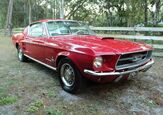
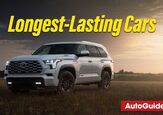

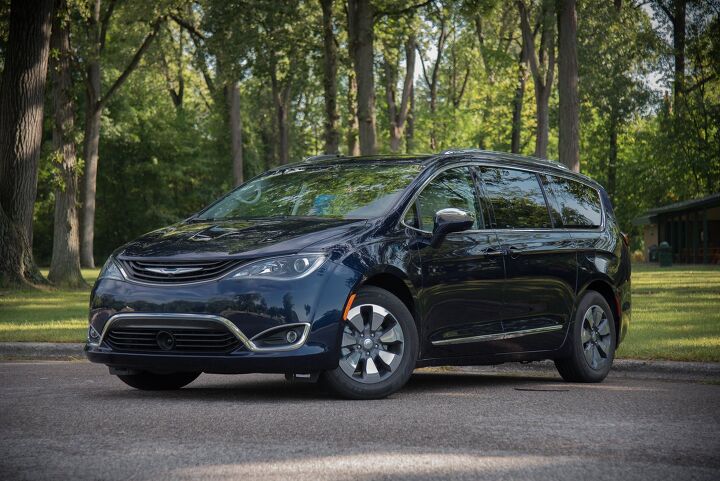
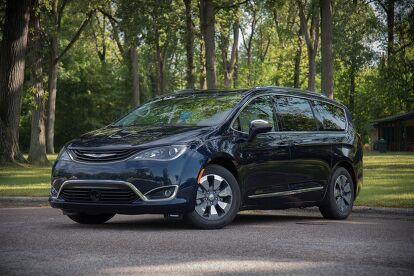

















































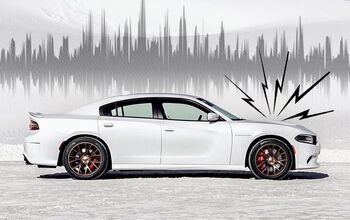
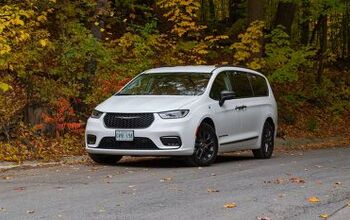
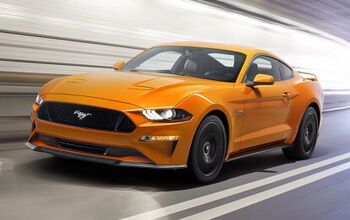
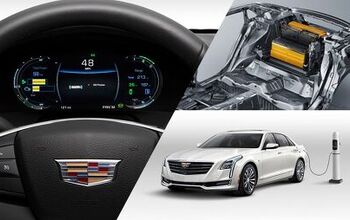
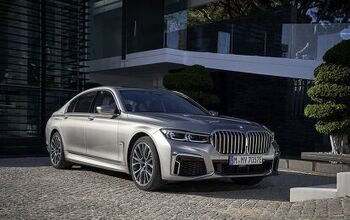
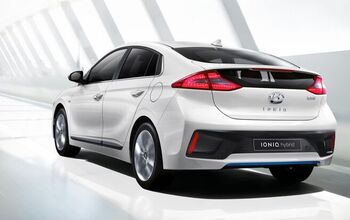












Comments
Join the conversation